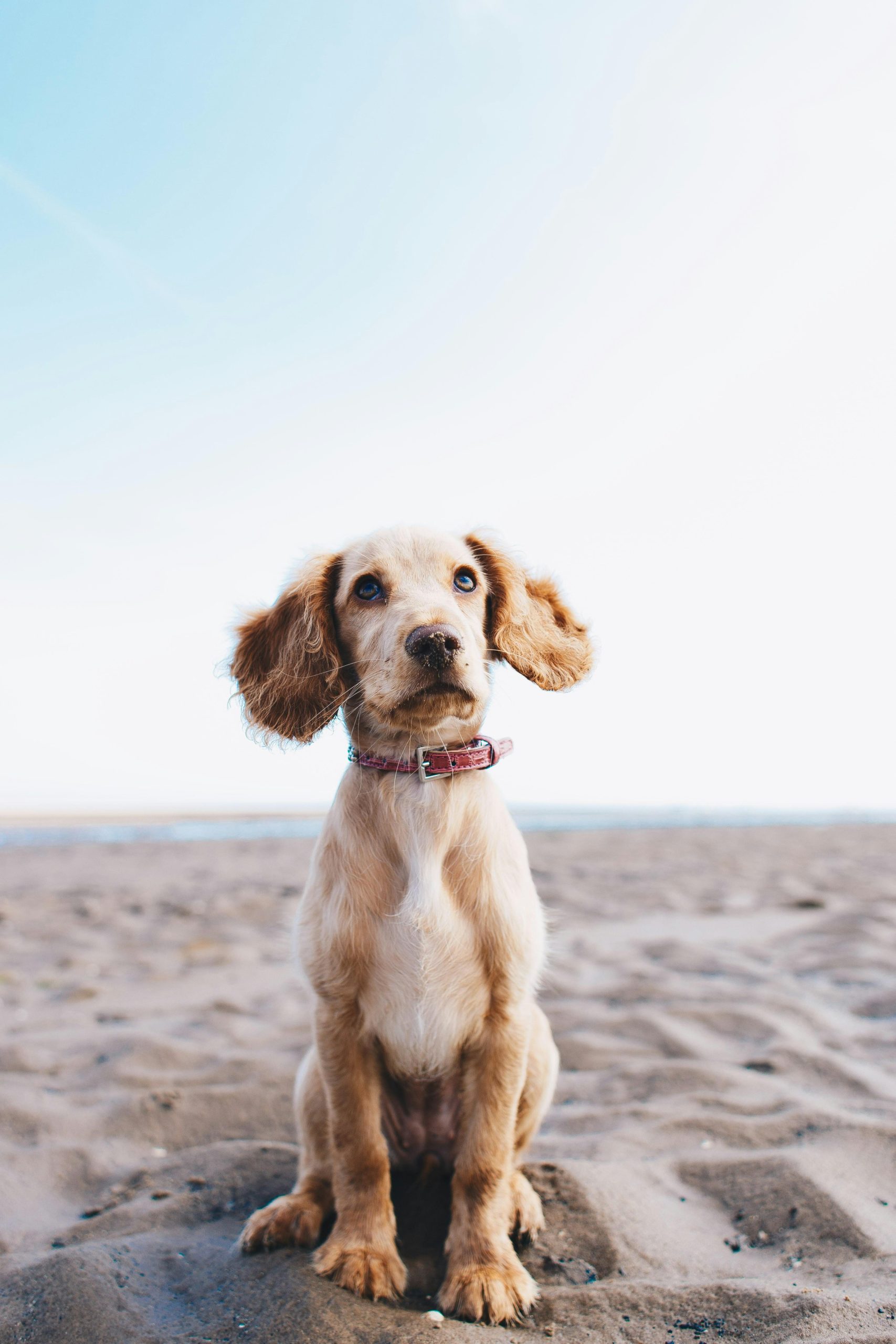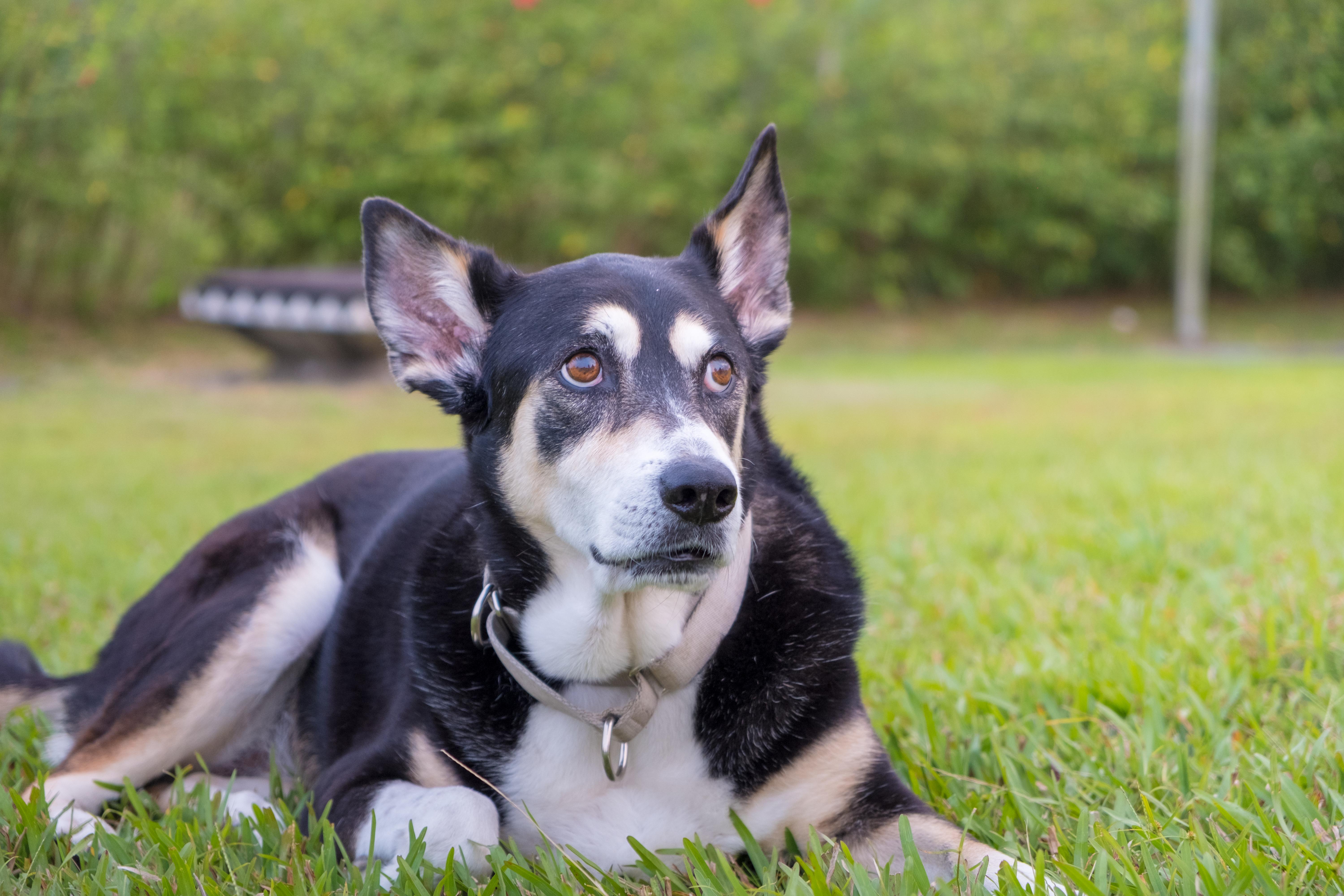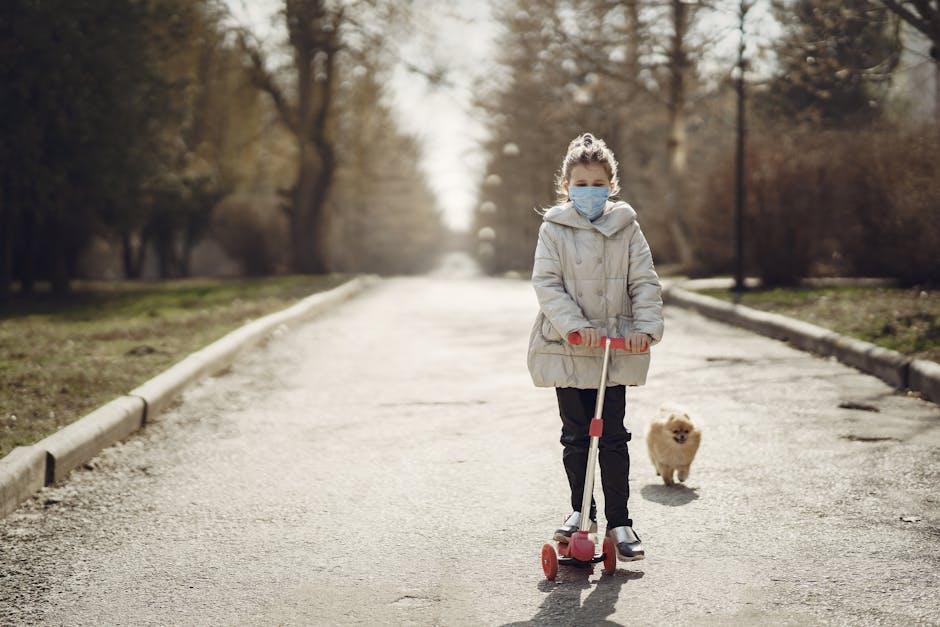Techniques for socializing a fearful dog to new environments

In the delicate dance between humans and their canine companions, trust is the music that guides every step. Yet, for some dogs, the symphony of new environments can be overwhelming, each unfamiliar sound and sight a crescendo of anxiety. Fearful dogs often find themselves caught in a whirlwind of emotions, their instincts urging them to retreat from the world. For pet owners, witnessing this struggle can be heart-wrenching, as they yearn to help their furry friends embrace the joy and freedom of exploration. In this article, we delve into the art of socializing a fearful dog, unraveling a tapestry of techniques designed to gently coax them from their shells. By understanding their unique perspectives and employing patience and creativity, we can transform fear into curiosity, and hesitance into confidence, allowing these timid souls to step boldly into new adventures.
Understanding Canine Anxiety: Recognizing the Signs and Causes
Helping a dog overcome anxiety in new environments can be a rewarding journey. It begins with understanding the nuances of your furry friend’s behavior. Dogs often exhibit signs of anxiety through panting, whining, or trembling. Recognizing these cues early can guide you in crafting a tailored approach to socialization. When introducing your dog to new settings, it’s essential to move at their pace. Start with environments that have minimal distractions and gradually increase the complexity as your dog becomes more comfortable.
Here are some strategies to assist your canine companion in feeling more at ease:
- Positive Reinforcement: Reward your dog with treats or praise when they exhibit calm behavior in unfamiliar surroundings.
- Desensitization: Gradually expose your dog to new environments, beginning with short visits and slowly increasing the duration.
- Consistency: Establish a routine that incorporates regular exposure to varied environments, helping your dog build confidence over time.
- Safe Spaces: Provide a comforting item, like a favorite toy or blanket, to reassure your dog in new settings.
- Professional Guidance: Consider consulting with a professional trainer or behaviorist for personalized strategies.
By employing these techniques, you can foster a sense of security and help your dog navigate the world with greater confidence.

Building Trust: Gradual Exposure and Positive Reinforcement
When introducing a fearful dog to new environments, it’s essential to focus on building trust through strategic methods. Gradual exposure allows your dog to become familiar with new settings at their own pace. Start by introducing them to less intimidating environments, such as a quiet park or a friend’s backyard, before progressing to busier areas. This slow, steady approach helps to prevent overwhelming your pet, allowing them to adjust comfortably to new stimuli. Pay attention to their body language and be ready to take a step back if they show signs of distress.
Positive reinforcement plays a crucial role in encouraging your dog during these experiences. Reward your pet with treats, praise, or their favorite toy whenever they exhibit calm behavior or take a brave step forward. This not only reinforces their courage but also associates new environments with positive outcomes. Consider the following techniques to enhance the process:
- Use high-value treats to capture your dog’s attention and make the experience rewarding.
- Maintain a calm and confident demeanor to help your dog feel secure.
- Incorporate short, frequent sessions to avoid fatigue and stress.
By blending gradual exposure with positive reinforcement, you create a supportive framework that encourages your fearful dog to explore and adapt to new environments with increased confidence.

Creating Safe Spaces: Designing Comfort Zones for Your Dog
When it comes to creating a haven for your furry friend, the goal is to make them feel secure and relaxed. Start by choosing a quiet corner of your home that can be their designated sanctuary. Incorporate soft bedding, such as a plush dog bed or a cozy blanket, to offer them comfort. It’s essential to have this space away from high-traffic areas to minimize stress from excessive noise or movement. Natural lighting can also enhance the calmness of the environment, so consider placing the space near a window if possible.
- Familiar scents: Include a piece of your clothing or their favorite toy to provide a sense of familiarity and reassurance.
- Calming sounds: Consider playing soft music or white noise to help drown out sudden, startling sounds.
- Safety first: Ensure there are no small objects or potential hazards within their reach that could cause harm.
Remember, the idea is to make this area a positive space where they can retreat when feeling overwhelmed. Regularly encourage your dog to spend time there with treats or gentle encouragement, allowing them to associate it with positive experiences. As they grow accustomed to their safe space, they’ll feel more confident exploring new environments outside of their comfort zone.

Engaging the Senses: Utilizing Sound, Smell, and Sight in New Environments
Introducing your dog to new environments can be a daunting task, but engaging their senses can make the process smoother and more enjoyable. Sound, smell, and sight play crucial roles in how a dog perceives and adapts to unfamiliar settings. By carefully curating these sensory experiences, you can help your fearful dog gain confidence and curiosity.
- Sound: Gradually introduce your dog to new sounds by playing recordings of common environmental noises at a low volume. Over time, increase the volume and vary the sounds, such as birds chirping, children playing, or city traffic, to build their comfort level.
- Smell: Use familiar scents to reassure your dog in new places. Bring along a favorite blanket or toy that carries their home scent. Additionally, introduce new scents slowly, allowing them to explore and sniff at their own pace.
- Sight: Visual stimulation is key. Start by exposing your dog to new sights from a distance where they feel safe. As they become more at ease, decrease the distance and increase exposure duration. Ensure there are plenty of opportunities for them to observe without feeling overwhelmed.
With patience and creativity, these sensory techniques can transform daunting experiences into adventures, encouraging your dog to embrace new environments with a sense of wonder and security.



